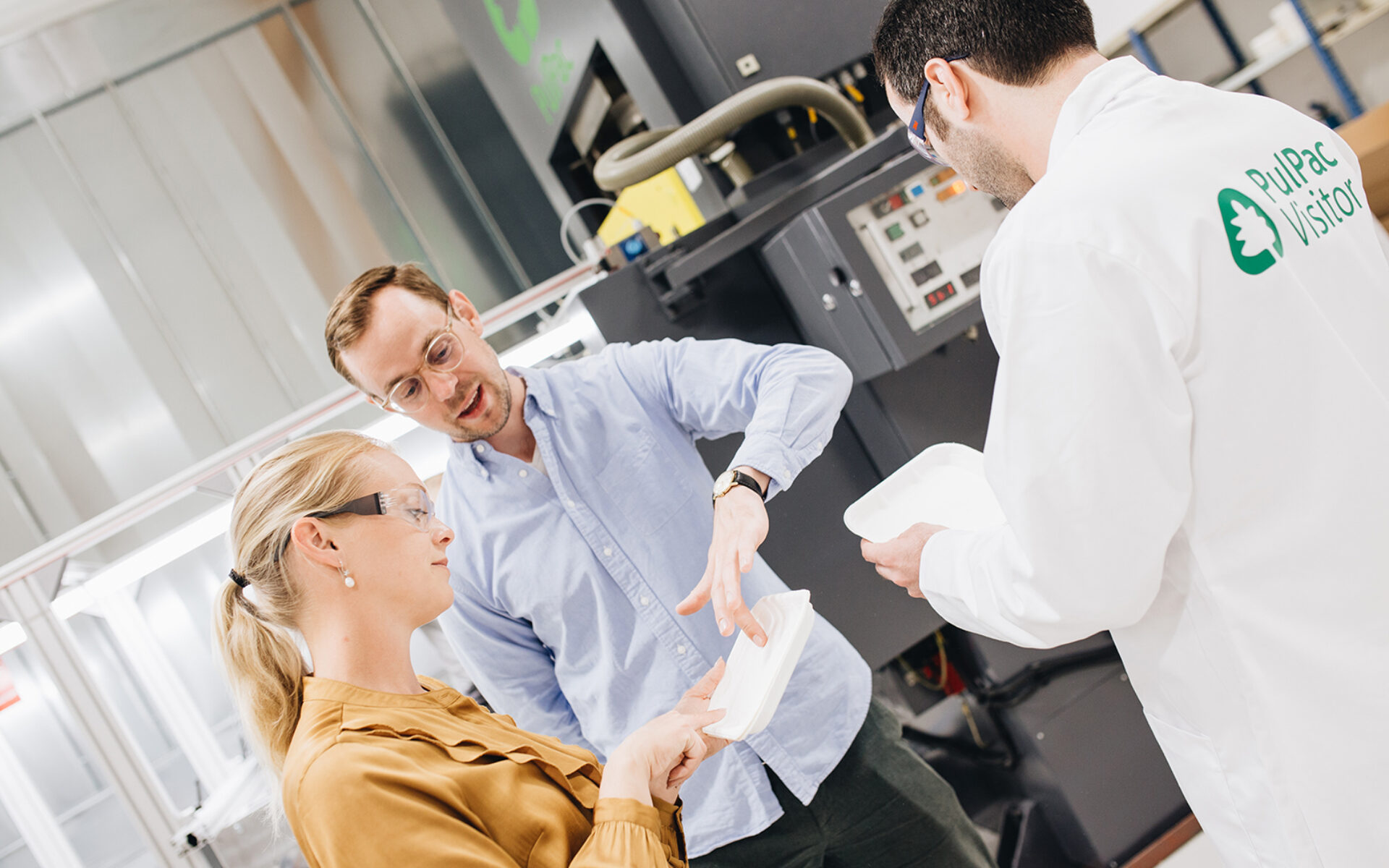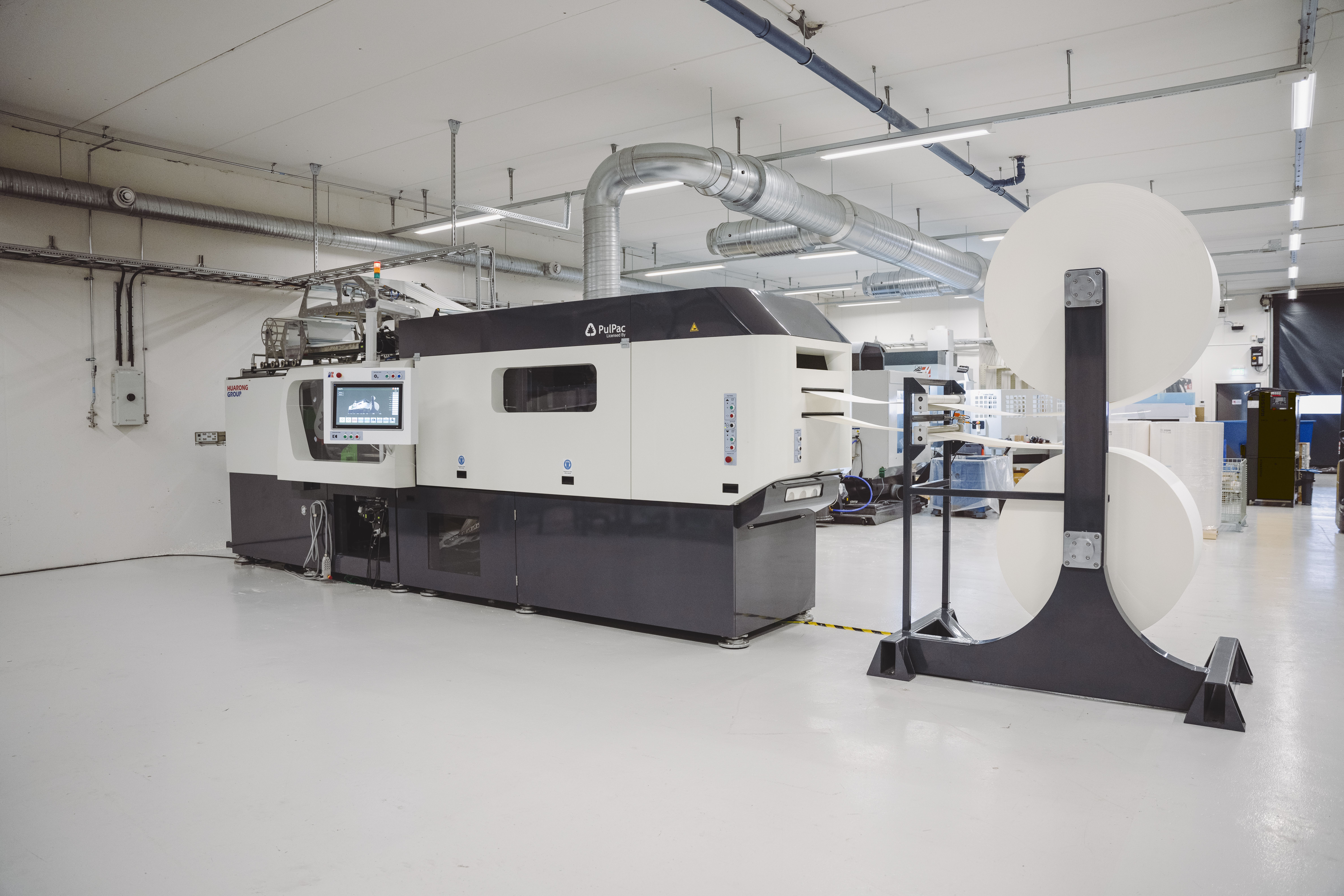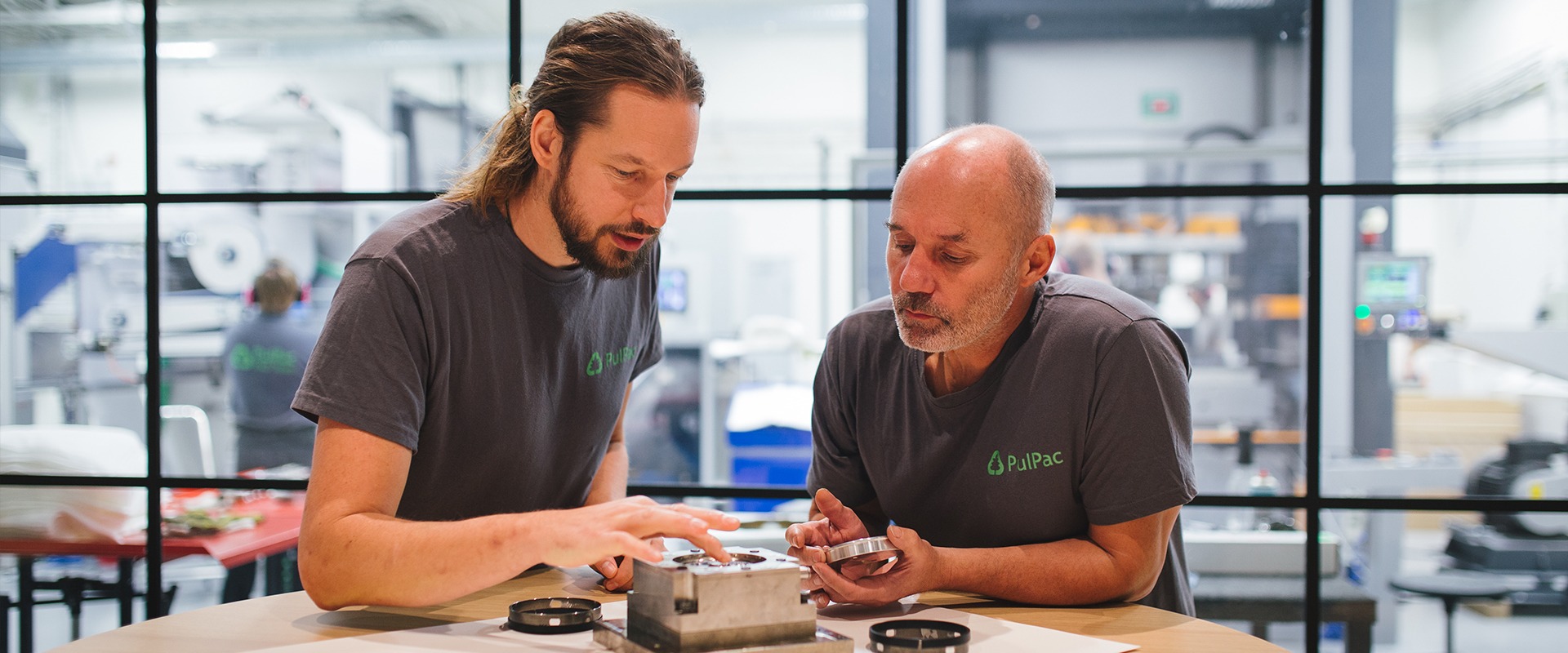
Unlocking the future – the permutation paradox
Most modern innovations are either iterations of existing ideas or the result of combining two or more concepts, also known as permutation. This is how it works!
Unlocking the future: the permutation paradox — how diversity and cross-industrial collaboration fuel innovation
If we pause to reflect on history’s monumental inventions. In that case, it’s been a while since we saw the birth of something truly groundbreaking. The rise of the internet, tech gadgets, artificial intelligence, and machine learning have all impacted our lives. And while fairly modern, we have become reliant on them. Then there’s the golden oldies, the inventions we take for granted because they’ve been around forever, stuff that has improved the quality of life for all of us. Like the wheel, Gutenberg’s printing press, and the steam engine.
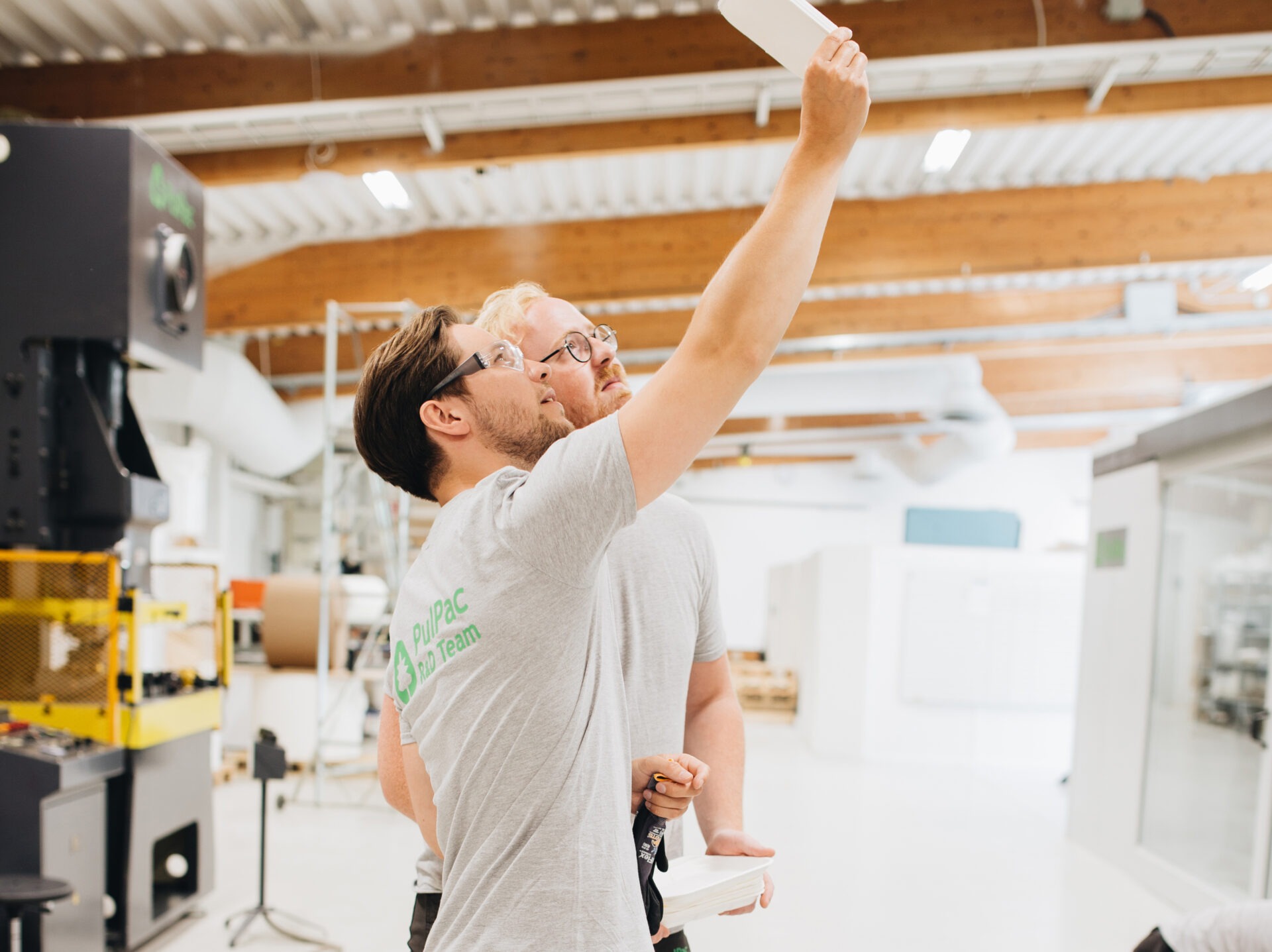
We have already invented everything, right?
Most modern innovations are either iterations of existing ideas or the result of combining two or more concepts, also known as permutation. The word is used in maths and means arranging items in a specific order and rearranging them into new combinations without leaving any item out. Within innovation, permutation combines diverse ideas, technologies, or skills in different ways that can lead to unexpected results. This practice may provide that eureka moment. But, to become successful, you also need wisdom and the ability to think critically to screen out any irrelevant ideas.
Unique is great, but permutations of two or more concept is bliss
Even though the wheel and steam engine are great and significantly contribute to modern society, their combination revolutionized transportation. Though far removed from modern computing, the printing press paved the way for the widespread distribution and democratization of information.
Permutation made it so you can enjoy this article on whatever computer or smart device you are on. Gutenberg’s printing press and the smartphone may be ideas of different eras and distinct technologies, but they share a common thread.
Both have transformed the distribution and accessibility of information. With printing, movable type made it possible to mass-produce books and other information. Smartphones took this concept to greater heights by offering us instant access to vast amounts of data and the possibility to produce and distribute content.
The paradox — or the beautiful music of chance
Permutations are everywhere in modern society: food and cuisine, the development of tech gadgets, fashion, music, and arts. Innovation thrives on the chance or coincidence of diverse elements coming together.
And while it’s hard to predict the outcome of these unexpected combinations, we realize that the most groundbreaking innovations stem from seemingly unusual, sometimes counterintuitive combinations. And the result can, paradoxically, be greater than the sum of their individual parts.
We didn’t set out to revolutionize the packaging industry. It was our curiosity and ability to look beyond what was in front of us that led us there. Dry Molded Fiber is a permutation between the hygiene industry and the automotive industry; it’s the outcome of putting the fluffy cellulosic material inside a diaper in the huge steel presses used to form car bodies.
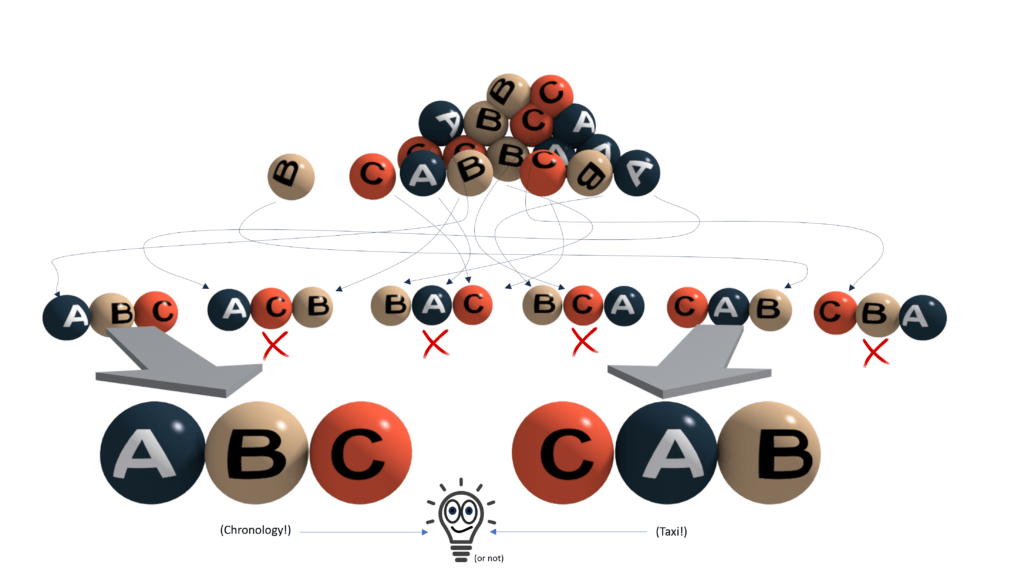
We try every possible combo from a pool of existing ideas and concepts to see if anything sticks. While fun to mix and match, it takes wisdom and critical thinking to tell good and bad ideas apart and focus on the ones worthy of further evaluation. In our example, the ABC chronology is worth looking into, and CAB is that eureka moment that turned into something that revolutionized private transportation.

